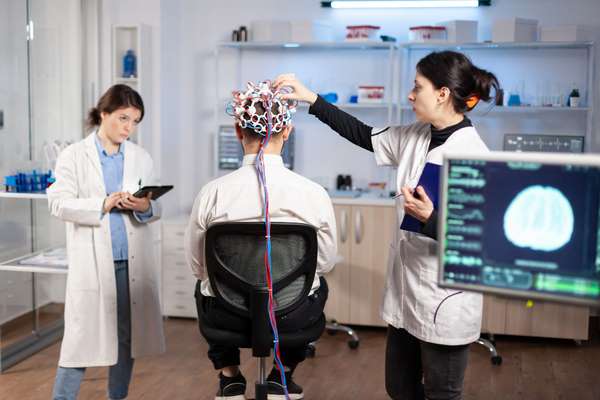A new study from the Lippincott-Schwartz lab has revealed unexpected similarities in signal transduction mechanisms between the brain and muscles, offering new insights into learning and memory.

Scientists discovered that the endoplasmic reticulum (ER) in neurons exhibits a unique ladder-like organization, structurally resembling that found in muscle cells. “In science, structure is function,” noted Jennifer Lippincott-Schwartz, emphasizing the significance of this arrangement for neuronal signal transmission. Researchers propose that this ER structure may serve as a repeater for calcium signals, which are essential for neuronal activity.
Under the leadership of Lorena Benedetti, the study confirmed that neurons utilize the same molecular mechanism as muscle cells at ER-plasma membrane junctions to regulate calcium release. “We hypothesised that these contact sites are amplifiers of calcium signals that allow them to propagate over long distances,” Benedetti explained. This finding suggests a potential explanation for how signals received at dendrites are efficiently transmitted to the neuronal soma for processing.
The process relies on calcium entry through ion channels, triggering further calcium release from the ER. This calcium influx subsequently activates CaMKII kinase, a key regulator of synaptic plasticity—the process responsible for strengthening or weakening neuronal connections, which underlies learning and memory. Lippincott-Schwartz described the discovery as one that “takes us into a new world” of understanding neural function at the subcellular level.
These findings provide valuable insights into intracellular signaling in neurons and may help elucidate pathological processes involved in neurodegenerative diseases such as Alzheimer’s. A deeper understanding of calcium signaling mechanisms could pave the way for novel therapeutic strategies aimed at preserving brain function and restoring neural connectivity in neurological disorders.






